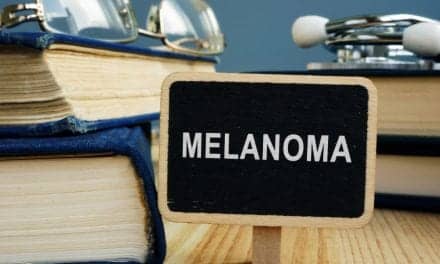Smoking, being heavier, not using sunscreen and having had skin cancer appear to be associated with sun damage and aging of skin on the face, according to report based on a study of twins in the December 2009 issue of Archives of Dermatology.
Long-term exposure to the sun causes physical and structural changes to the skin, resulting in photodamage, according to background information in the article. Unlike typical skin aging, which is characterized by the development of fine wrinkles and skin growths, photodamage includes characteristics such as coarsely wrinkled skin, spots of extra pigment or lost pigment and dilated blood vessels on the face. Sun damage also has been associated with the development of cancerous growths. Up to 40% of aging-related changes are due to non-genetic factors.
To identify some of these environmental factors, Kathryn J. Martires, BA, of Case Western Reserve School of Medicine, Cleveland, and colleagues studied 65 pairs of twins attending the 2002 annual Twin Days Festival in Twinsburg, Ohio. A total of 130 individuals completed surveys collecting information about skin type, history of skin cancer, smoking and drinking habits and weight. Clinicians assigned each participant a photodamage score, graded by such characteristics as wrinkling and change in pigmentation.
Photodamage scores were highly correlated among both monozygotic (identical) and dizygotic (fraternal) twins. Other factors associated with higher levels of photodamage included a history of skin cancer, heavier weight and smoking, whereas alcohol consumption was associated with lower photodamage scores.
Source: [Journal of the American Medical Association]




